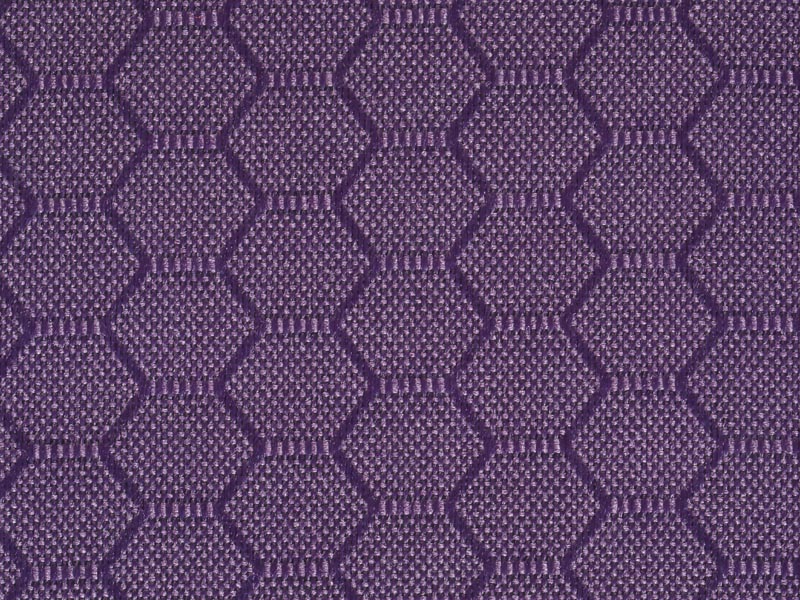The Role of Tent Fabric in Emergency Shelters and Disaster Relief
Posted by Admin
In the realm of emergency shelters and disaster relief, the significance of tent fabric cannot be overstated. As communities face the onslaught of natural calamities or human-made crises, the durability, resilience, and versatility of tent fabric become paramount in providing immediate and effective relief. From hurricanes to earthquakes, floods to conflict zones, the role of tent fabric stands as a beacon of hope amidst adversity.
Tent fabric serves as the cornerstone of temporary shelters, offering protection and solace to those displaced by disasters. Its composition, often a blend of synthetic fibers or natural materials, imbues it with properties necessary for withstanding harsh environmental conditions. In regions prone to bad weather events, such as heavy rainfall or scorching heat, the impermeable nature of tent fabric shields occupants from the elements, ensuring their safety and well-being.
Moreover, the portability of tent fabric facilitates rapid deployment in crisis situations. Relief organizations and government agencies rely on its lightweight construction to swiftly establish shelter clusters, accommodating large numbers of affected individuals. Whether airlifted to remote areas or distributed in urban centers, tent fabric serves as a symbol of resilience and compassion in times of distress.
The evolution of tent fabric technology has ushered in a new era of innovation in emergency shelter design. Manufacturers continually refine their products, enhancing tear resistance, UV protection, and thermal insulation capabilities. Advanced coatings and treatments repel water, inhibit mold growth, and prolong the lifespan of tent fabric, ensuring its reliability in prolonged relief operations.
In addition to its primary function as a shelter, tent fabric finds utility in various ancillary applications during disaster response efforts. Medical tents equipped with specialized fabric partitions offer privacy for patient consultations and treatment. Communal spaces utilize tent fabric as partitions to delineate living areas and provide a semblance of normalcy amidst the chaos. Furthermore, temporary schools and community centers utilize tent fabric structures to restore a sense of routine and continuity in disrupted environments.
The adaptability of tent fabric extends beyond immediate relief operations to long-term recovery and reconstruction phases. Transitional shelters, constructed using durable tent fabric, bridge the gap between emergency relief and permanent housing solutions. Communities ravaged by disasters find solace in these temporary abodes, enabling them to rebuild their lives while awaiting permanent resettlement options.
However, the efficacy of tent fabric in emergency shelters is not without its challenges. Inadequate supply chains, logistical constraints, and budgetary limitations often hinder the timely procurement and distribution of quality tent fabric. Moreover, the increasing frequency and severity of natural disasters exacerbate the demand for shelter materials, placing immense pressure on humanitarian organizations and governments to meet the needs of affected populations.
Addressing these challenges necessitates a concerted effort among stakeholders across the humanitarian landscape. Investment in research and development endeavors aimed at enhancing the performance and sustainability of tent fabric is imperative. Collaboration between manufacturers, NGOs, and governmental agencies can streamline supply chains, optimize distribution networks, and ensure equitable access to shelter materials in times of crisis.
Furthermore, leveraging technological advancements such as 3D printing and modular construction techniques holds promise for revolutionizing emergency shelter provision. Customizable tent fabric modules, tailored to specific climate conditions and cultural preferences, can optimize resource utilization and minimize waste. By harnessing innovation and fostering partnerships, the humanitarian community can bolster its capacity to respond effectively to the growing humanitarian crises worldwide.
In conclusion, the role of tent fabric in emergency shelters and disaster relief is indispensable. Its resilience, versatility, and adaptability make it a cornerstone of humanitarian response efforts, offering refuge to those in need amidst the chaos of calamity. As the global community confronts increasingly complex challenges, the importance of investing in sustainable shelter solutions cannot be overstated. Together, we can harness the power of tent fabric to provide comfort, security, and hope to vulnerable populations in their darkest hours.

 English
English Français
Français Español
Español عربى
عربى Tiếng Việt
Tiếng Việt












